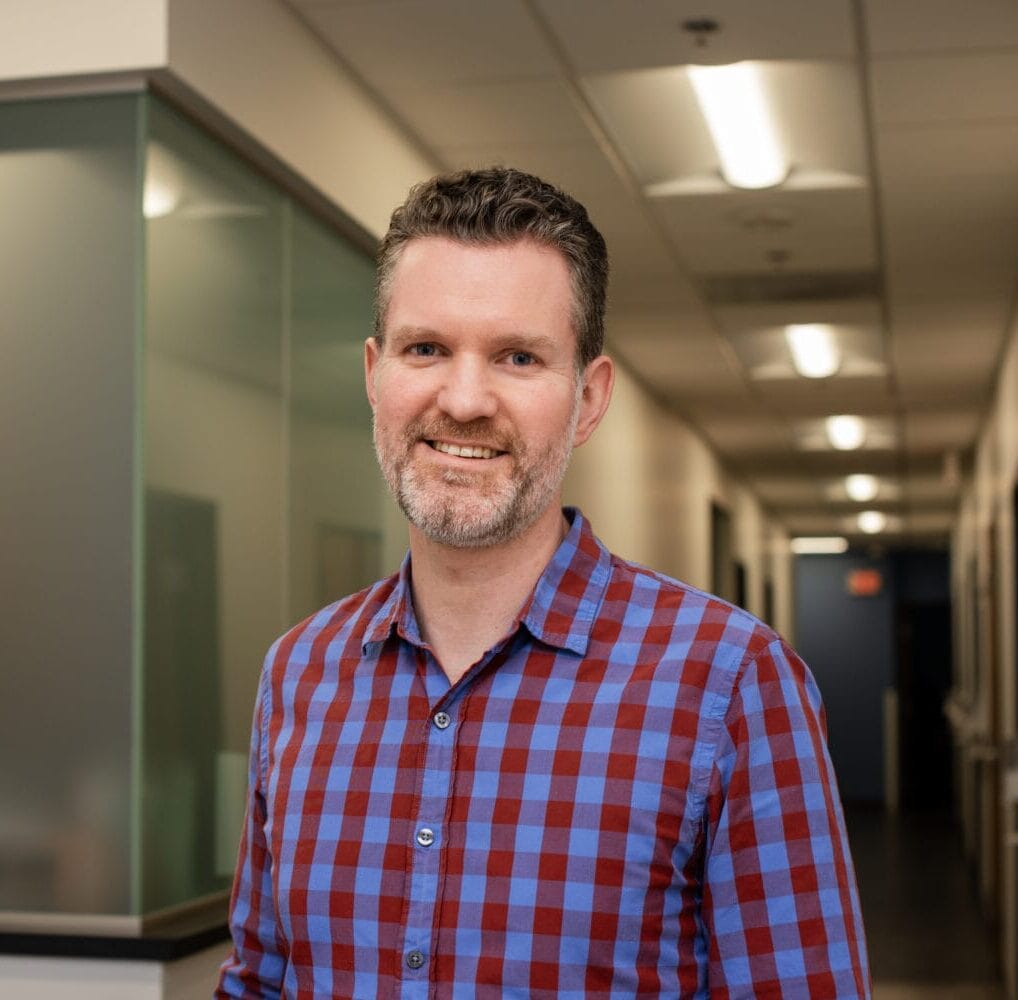Ray Symposium addresses obesity
Preventing obesity, and slowing and ultimately ending the national obesity epidemic, will require a cultural change that must be led by parents, educators, community leaders, and future generations of health professionals, a national weight and health expert told a Western University of Health Sciences audience Thursday, April 18, 2013.
Patricia B. Crawford, Dr. PH, RD, was the guest speaker at the University’s annual Ray Symposium – Global Lectures in Health Care event, which was presented by the College of Pharmacy and the Interprofessional Education program. The symposium honors Max D. Ray, MS, PharmD, founding dean of the College of Pharmacy. It was held in Lecture Hall I of the Health Education Center on the WesternU campus.
Crawford, director of the Robert C. and Veronica Atkins Center for Weight and Health at the University of California, Berkeley, cited a number of statistics in describing the severity of the obesity epidemic in the United States, including:
• One out of three children, and two out of three adults, are overweight or obese.
• 37% of adults are pre-diabetic.
• 3% of adults have undiagnosed type 2 diabetes; 8% have a type 2 diagnosis.
• Americans, on average, consume 12% more calories than they did 40 years ago (daily average of 1,996 calories in 1971-74 vs. 2,234 calories in 2005-08).
• On any given day, 30% to 40% of children eat fast food.
• 20% of the weight increase in children from 1977 to 2007 can be attributed to sugar-sweetened beverages.
• 21% ($190.2 billion) of annual medical spending in the U.S. is on obesity-related illness.
• 23% of adolescents are diabetic or pre-diabetic.
“If nothing else moves you about what I say, this is the (statistic) that should move you,” Crawford said of the adolescent diabetes/pre-diabetic figure. “This is unacceptable.”
“What we’ve done in this country is make it pretty darn easy to eat a lot of food that makes us heavy,” she said.
Crawford, who served as an adviser for the HBO series “The Weight of the Nation,” and is a member of several weight- and obesity-related board and committees, presented the recommendations from one of those groups – the Institute of Medicine’s Accelerating Progress in Obesity Prevention committee – for curbing the obesity epidemic. The recommendations, which take a whole-community approach to solving the problem, include:
• Increasing places and opportunities for physical activity.
• Reducing unhealthy food and beverage options, and making their healthy replacements affordable.
• Transforming message environments about nutrition. Crawford noted that most schools offer only four hours of nutrition education per year, while older children and adolescents consume more than 7.5 hours of media each day. Nutrition information must be increased in schools and incorporated into the media children consume, Crawford said.
• Making schools the focal point of obesity prevention.
Some small victories have been achieved in the battle against childhood obesity recently, Crawford said, including passage of the Healthy Hunger-Free Kids Act of 2012, which increases schools’ federal reimbursement for lunches by 60 cents and gives the USDA authority for all foods sold at school. In California, passage of a law ending soda sales on school property also has curbed their consumption by young people.
Consequently, school lunches are now, on average, healthier than lunches brought from home. Children receive up to half of their daily calories in a school setting, and with healthier choices available, “we’ve found that children are more likely to select healthy foods if they are offered healthy foods,” she said.
But much work clearly remains to be done, and Crawford – looking squarely into the eyes of the many health professions students in the lecture hall – said care providers must be one of the main messengers about good nutrition and healthy lifestyles.
“You, in a way, have the bully pulpit with your patients. They trust you. They believe you. It’s up to you, to adults – to all of us, really – to educate everyone. We can begin to make healthy choices the easy choice,” she said.
“We have to change the culture, and you all are the culture leaders. We can begin to start changing the environment in which our children live.”



